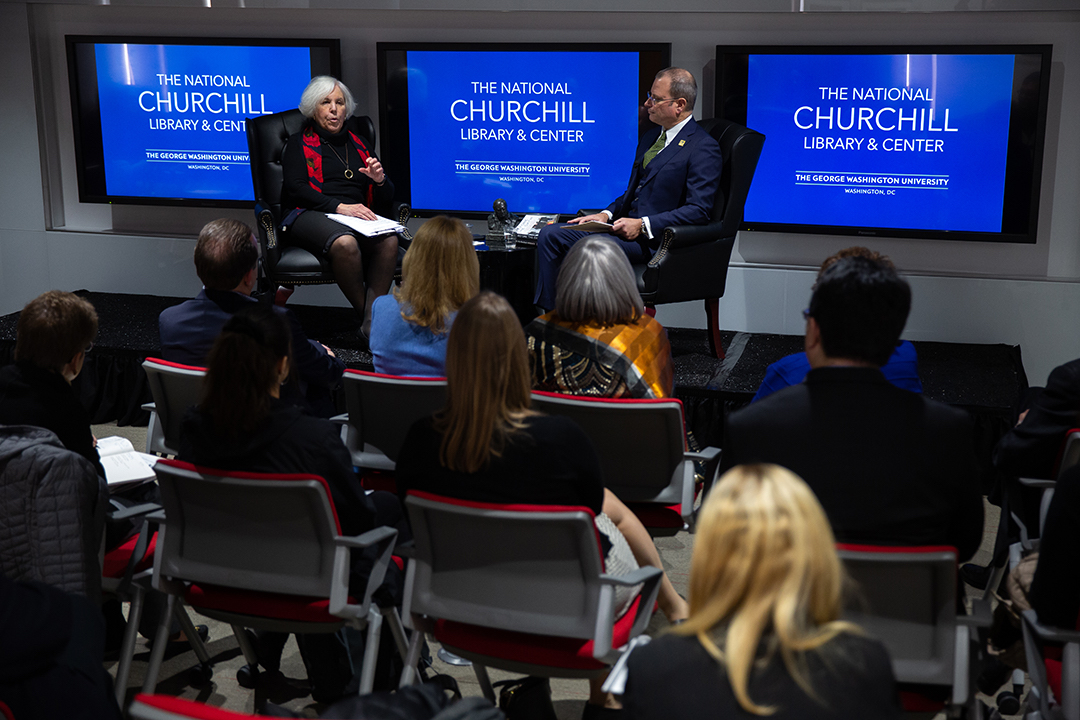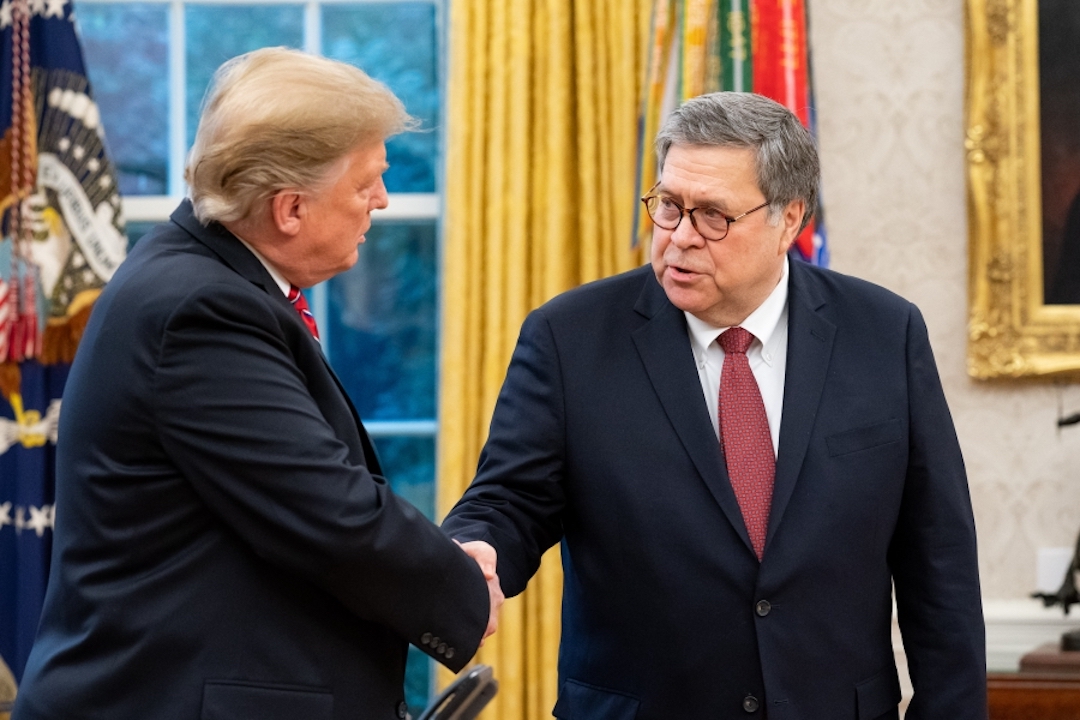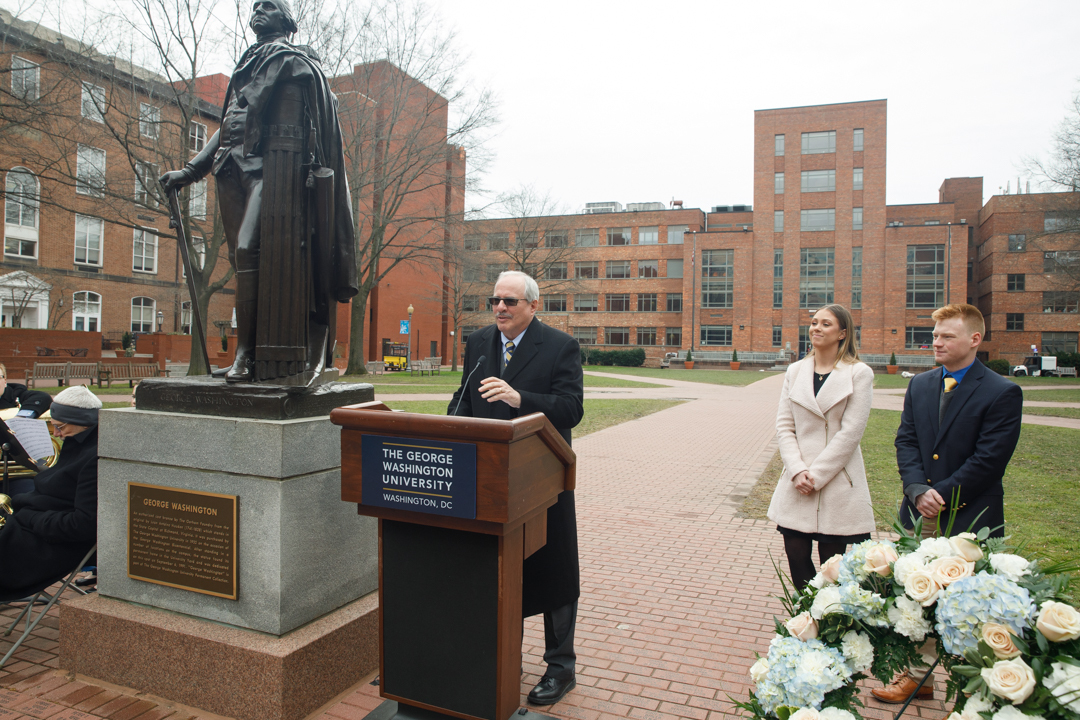By Tatyana Hopkins
The 2009 shift of presidential power from President George W. Bush to President-elect Barack Obama was a smooth one despite two ongoing wars, a financial crisis and a late-breaking threat to the presidency by a terrorist group linked to al-Qaeda, said author Martha Joynt Kumar.
“In the 2008 transition, Chief of Staff Joshua Bolten was very interested in having a good transition, and he was put on it early by the president,” Dr. Kumar said.
She said Mr. Bolten worked with the then-Republican presidential candidate John McCain and Democratic candidate Mr. Obama early to make upgrades to White House systems, get security clearances for each candidate’s proposed transition teams and eventually to give national security appointees the opportunity to work side-by-side with their incumbent counterparts.
“Legislation did not provide for what he did,” she said. “But Bolten's actions very early on made the difference.”
Dr. Kumar directs the White House Transition Project, which is a nonpartisan effort to provide scholarly information on presidential transitions and White House operations. Her 2015 book, “Before the Oath: How George W. Bush and Barack Obama Managed a Transfer of Power,” documents how the two presidential teams—one outgoing, one incoming—managed their transfer of power and uncovers the little-known pitfalls of the transition process leading up to inauguration.
She visited the George Washington University Tuesday to discuss her book and contrast the 2008 transition to the most recent White House change in power and examine a potential transition following the upcoming 2020 presidential election.
Todd Belt, director of the Political Management program in the Graduate School of Political Management, moderated the event, which took place in Gelman Library’s National Churchill Library and Center.
“In contrast to what you observed with the pretty good transition between W. Bush and Obama, President Trump's transition has been marred by a number of briefly held offices, unfilled offices, delays with security clearances, overrides of security clearance decisions,” Dr. Belt said.
“It's such a contrast,” Dr. Kumar responded. “Here you have a model transition in 2008, and here you have a disastrous transition in 2016. You wonder how you go from one to the other.”
She said Mr. Trump’s transition may be been particularly turbulent because his team did not anticipate or prepare for his win and because only a few people on his team knew him personally.
She said while the first 100 days in office are typically a space for new presidents to separate themselves from the campaign and reconnect with the public, Mr. Trump “squandered” his opportunity. She said agencies were less willing to work with him when he did not dial back his criticisms of the government or disassociate from the election.
“The first 100 days are important for a variety of reasons, but one of those is that the public is watching and listening,” Dr. Kumar said. “[Trump] kept talking about the election.”
Dr. Kumar said at 73 percent, Mr. Trump has the highest rate of turnover at the 23rd-month mark of his presidency than any recent president among “assistant to the president staff,” a group of about two dozen members that form a president’s core leadership team.
She said Obama’s was 53 percent; George W. Bush’s was 45 percent; Bill Clinton’s was 55 percent, though half were simply just moved to other assistance positions; George H.W. Bush’s was 24 percent; and Ronald Reagan’s was 37 percent.
“Trump is the outlier here, and I think it has had consequences for the administration,” Dr. Kumar said. “If you don’t have continuity in your staff, you're not going to have continuity in your programs or building relationships.”
But for the upcoming 2020 presidential election, she does not expect that those in the Trump administration would make a potential transition more burdensome than usual.
“I think people who hold positions in the White House and also in the departments and agencies, they have a stake,” Dr. Kumar said. “They have a legacy of their own, and I think they would do what they could to be helpful in a transition.”
She said candidates of the future should have a vison for their transition early on in terms of how they would transform from a candidate to “somebody who is going to be governing for all the people.”
"A lot of people ask me what you can do in the first 100 days,” Dr. Kumar said “Well, you can just look at the first month of the Obama administration.”
She said within the first month in office Mr. Obama passed the American Recovery Act and the Lilly Ledbetter Fair Pay Act because he had been working with Congress ahead of time. She also noted George W. Bush’s success by focusing on bipartisan issues when first coming into office.
“If you're working with Congress, you're working with the White House, then you can get a lot done. So that when you come in, you really are hitting the ground running, and you are accomplishing a lot,” Dr. Kumar said.




